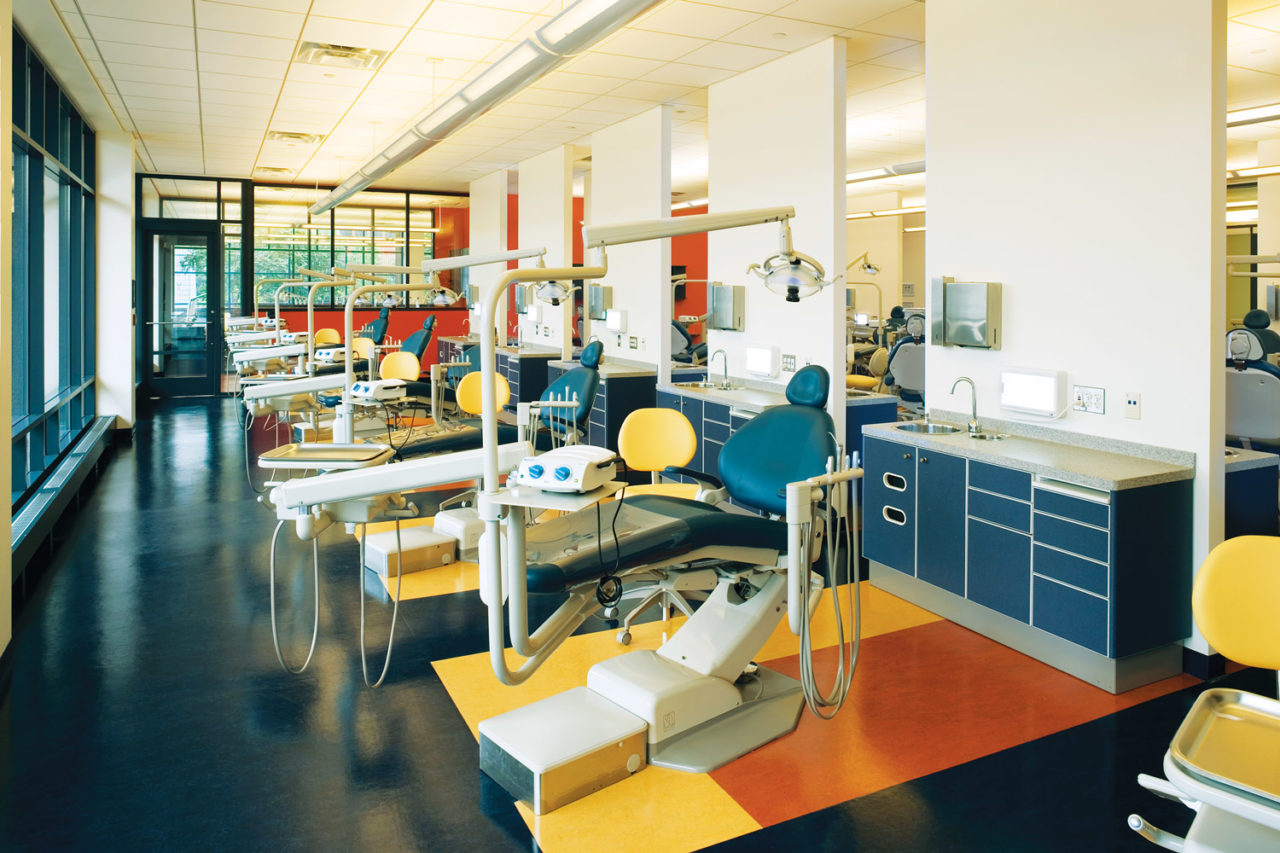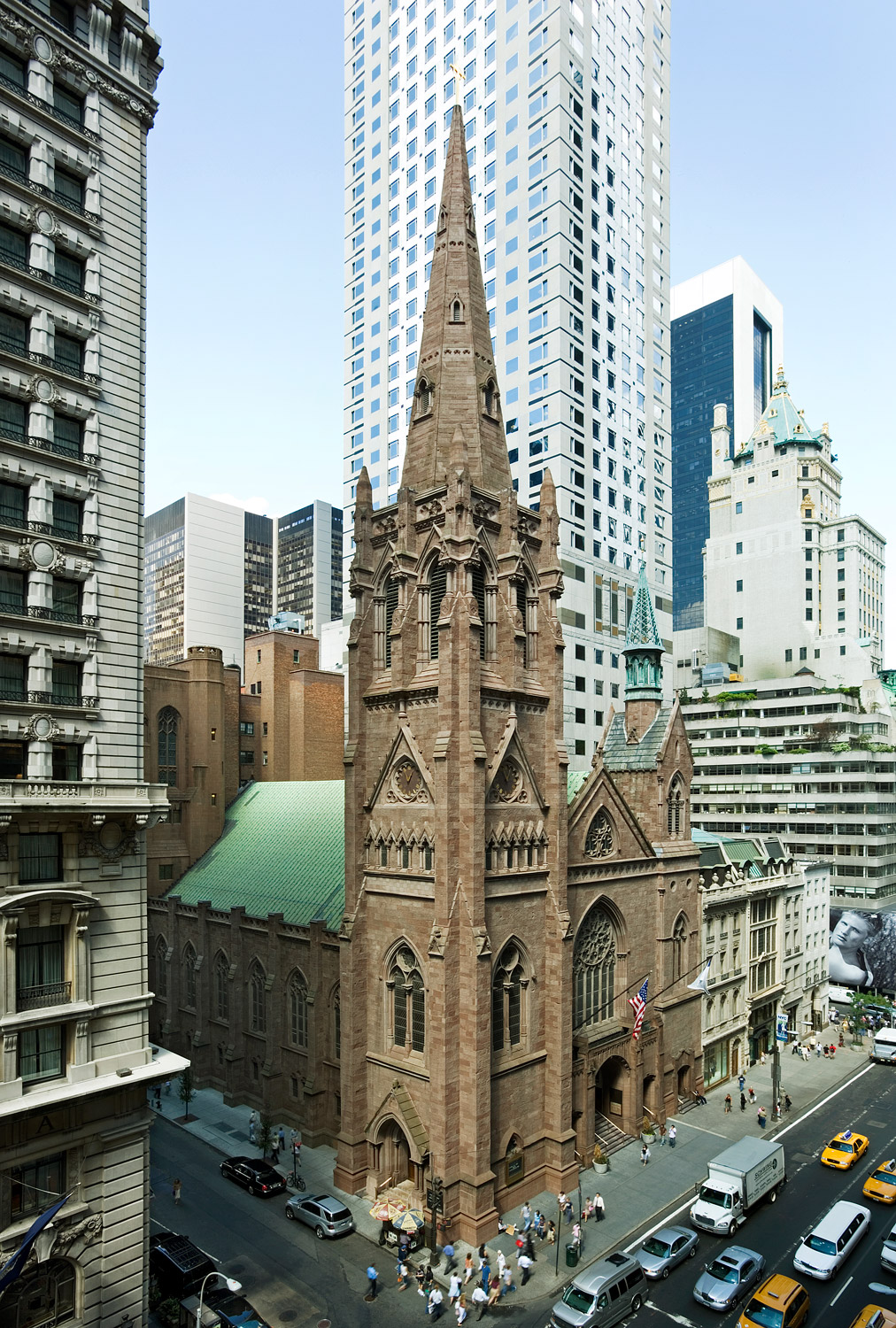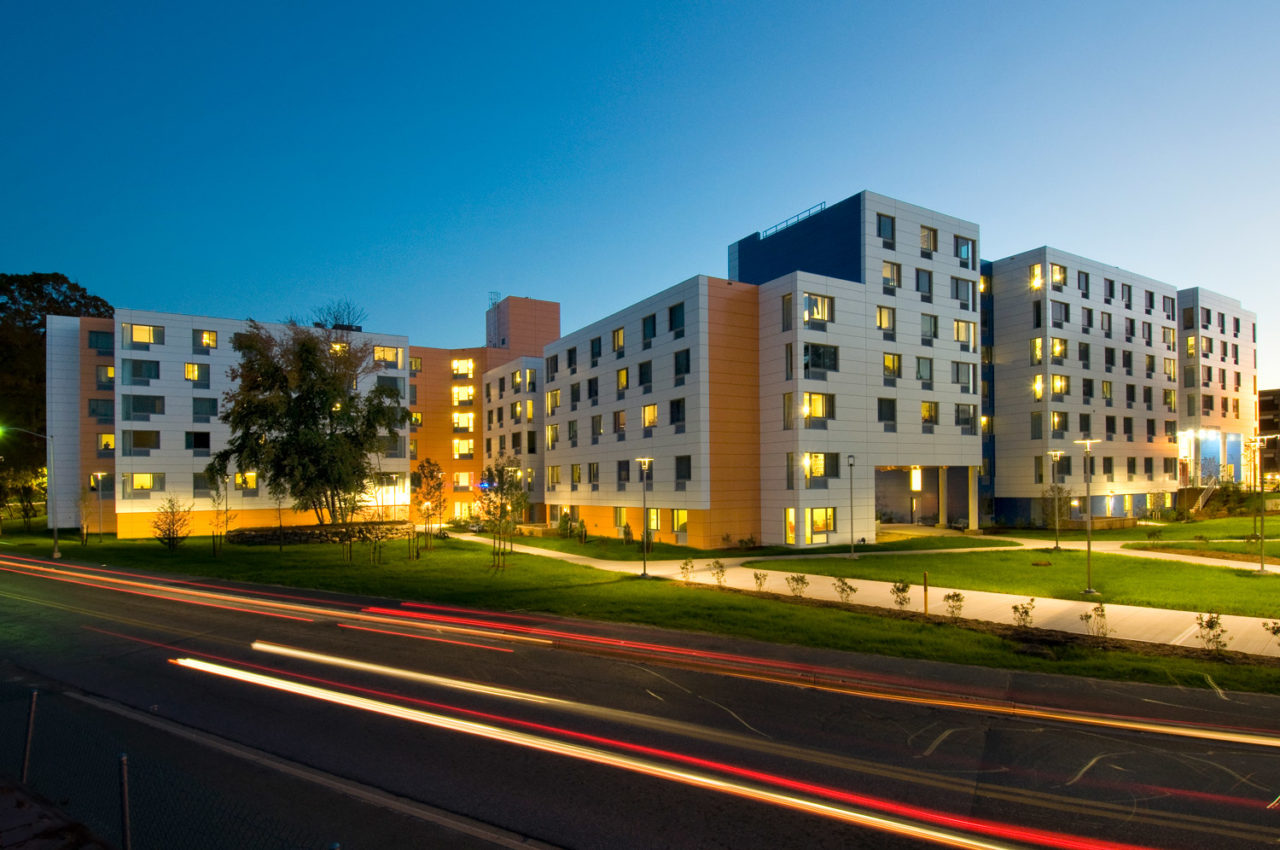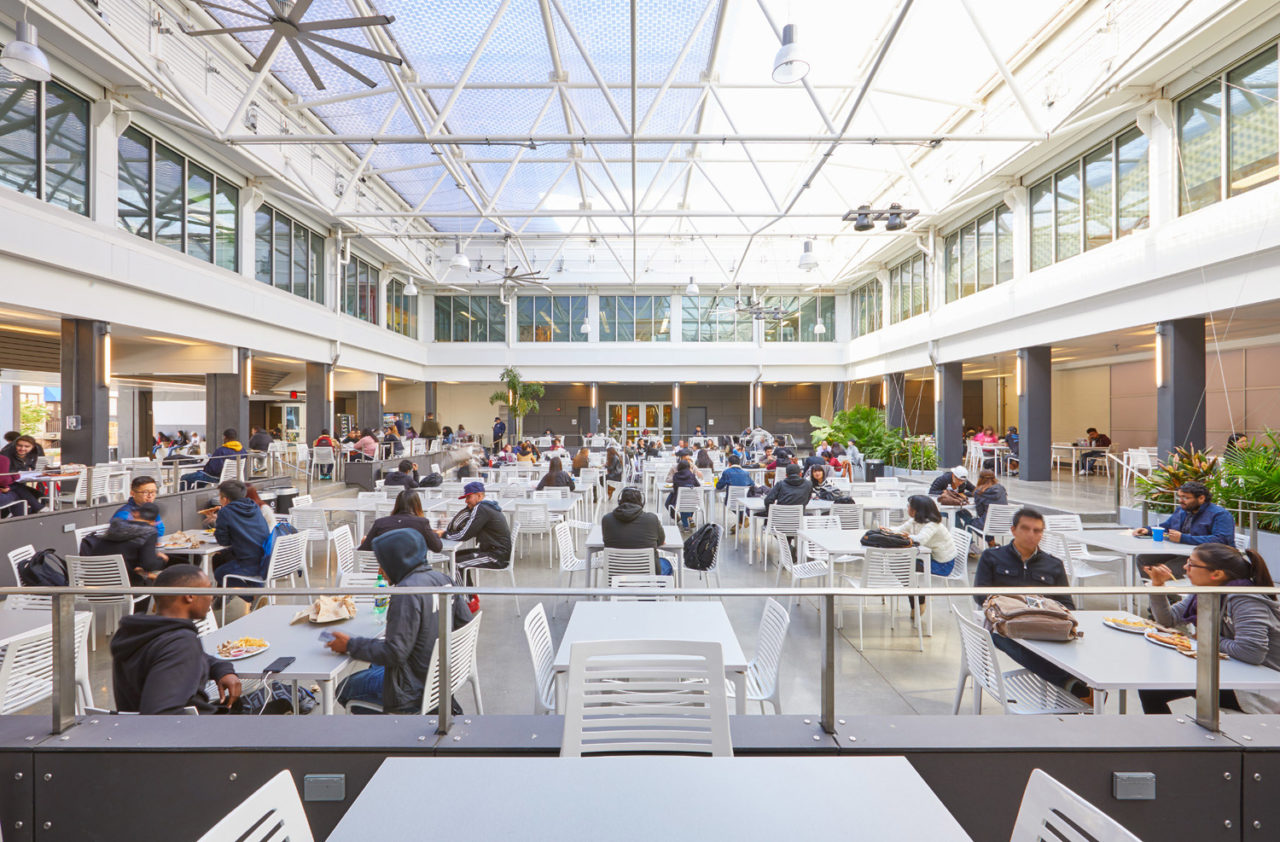by: AIA New York
The leadership approach of F. Eric Goshow, FAIA, LEED AP BD+C, Design Partner, Goshow Architects, places great emphasis on the power of collaboration and teamwork to achieve high goals that benefit the profession of architecture and society.
When Goshow became AIA New York State (AIANYS) President-Pro Tem in 2012, he created a Three-Year Collaborative Presidency model that redefined the rules by which AIANYS (and other chapters) strive to reach their ambitious goals. As AIANYS Vice President for Government Advocacy in 2010-2011 and through his three-year collaborative presidency (2012-2014), Goshow built a strong Government Advocacy Committee. Under his leadership, the Committee witnessed the passage of some key bills that AIANYS actively supported: Land Banks, Safe Streets, Smart Growth, Historic Tax Credits, and others.
Goshow’s involvement in his home Manhattan chapter, AIA New York (AIANY), reaches back 35 years. In 2003, serving as Vice President for Professional Practice, Eric established Procrastinators’ Day, an annual event held each December that provides a year’s worth of CEUs to local architects.
In his practice of architecture, Goshow led several notable design firsts: he designed the first publicly-funded housing in the U.S. for low-income grandparents raising their grandchildren, Grandparent Family Apartments, and designed a sustainable Prototype House for the Bedouin Population in Saudi Arabia, providing both shelter and construction job training to a population in transition from a nomadic to an agrarian lifestyle.
This year, the Jury of Fellows of the AIA elevated Goshow to its prestigious College of Fellows in the third category of Fellowship, which recognizes architects who “…have actively, efficiently, and cooperatively led the Institute or a related professional organization over a sustained period of time and have gained widespread recognition for the results of their work,” according to the organization’s definition. Now among the AIA membership’s three percent distinguished with Fellowship and honorary Fellowship, Goshow was recognized at the New Fellows Reception hosted by AIA New York and at the AIA Conference on Architecture in New York City.
Q: What is your proudest achievement as an architect?
A: My proudest achievement is the privilege of practicing architecture these many years with my partner in life and profession, Nancy Aber Goshow, in the great city of New York, and with many others who work with us now and have in the past. It’s difficult to pinpoint a favorite project, different assignments have different goals and have different challenges to resolve. I love finding fresh, creative solutions that offer more than was asked or expected.
Q: What is your earliest memory of experiencing architecture?
A: My earliest memory of experiencing architecture occurred as a young boy, riding in my parents’ car, driving along the Schuylkill Expressway from our Bucks County, PA home to Center City Philadelphia at dusk: the river and the turn-of-the-century boat houses, the Greek temple Philadelphia Art Museum, the high-rise apartment towers—Who lived there? What did they do? I often wondered—the statue of William Penn atop City Hall. I never thought of it as “architecture,” it was the City! Great and beautiful things happen here. This is where the people are. The City was life.
Q: What is influencing your work the most right now?
A: The greatest influence on my firm’s work is the collaborative spirit—everyone has something to offer. We like to say we do work in the public sphere for the public good. Our social mission—improving the lives of others—is very important to us and transcends aesthetic distinctions. We also want to make beautiful things, and so we learn from all the wonderful architecture we see every day in New York and elsewhere, both new and old. A large influence on my life is the writings of Joseph Campbell: we are trying to “follow our bliss.”
Q: What are you working on right now, or what is your next big project?
A: We work on a rather diverse group of projects: student residences and higher education academic buildings, school renovations, affordable housing are most typical. In Saudi Arabia we designed a residential community for the Bedouin population, using building technologies that will enable this unique group to build for themselves and become self-sufficient. We are re-building the deteriorating, landmarked Gilboa Dam in the Catskill Watershed as part of a large engineering team. Our role is to recreate the dam and outbuildings to match their landmarked status when constructed in 1922. Our next big project is a multi-year, total renovation of the Chemistry building at Stony Brook University.
Q: What does being a Fellow mean to you?
A: I am honored to be a Fellow of the American Institute of Architects, part of a profession that I love and an institution that, for me, represents our best aspirations. Peer recognition is so important because only we really know what architects go through to create beautiful, worthy things. It’s affirmation that what we do is important, that lives are touched, that we have done our part. People outside of our world often don’t understand this feeling, because they don’t know what the “F” means. But we do. I will treasure this honor always.
Editors’ Note: This feature is part of a series celebrating the 28 members of the American Institute of Architects (AIA) New York Chapter that have been elevated to the AIA College of Fellows in 2018, an honor awarded to members who have made significant contributions to both the profession and society. Learn more about Fellowship here.













